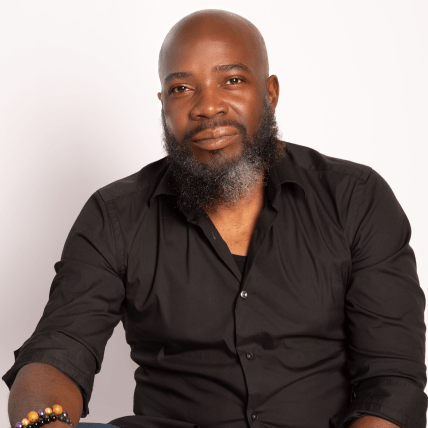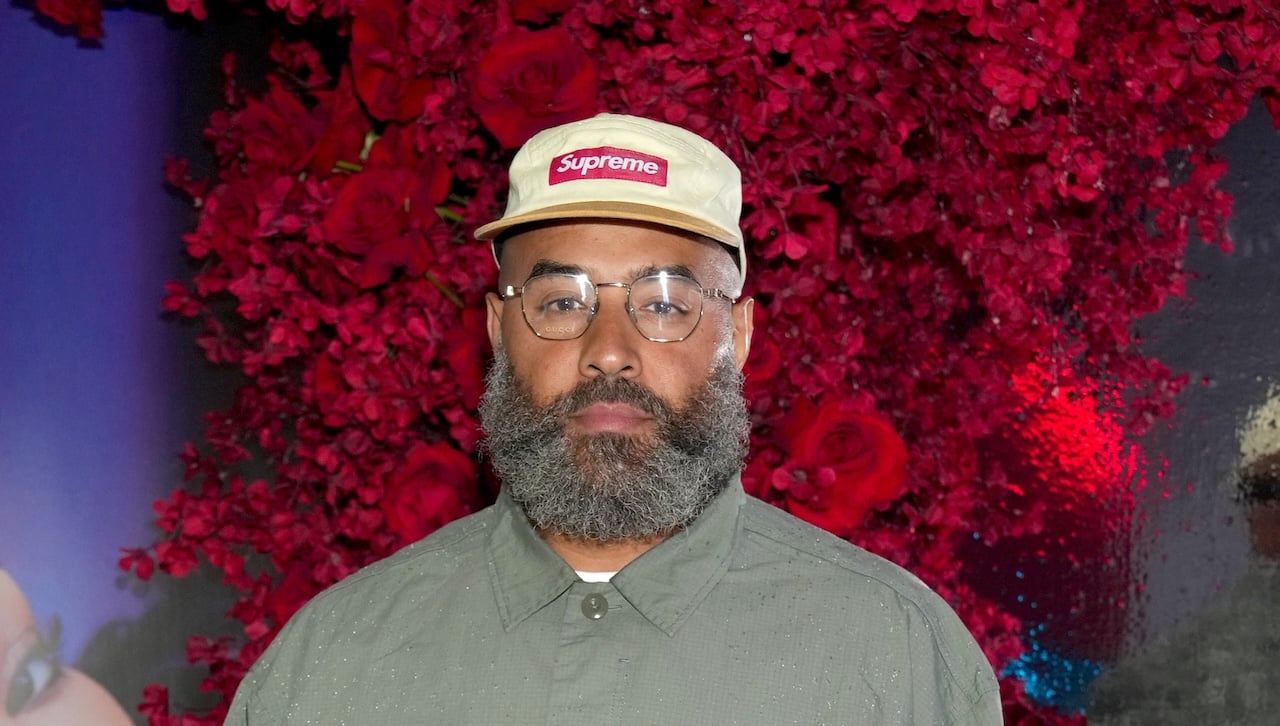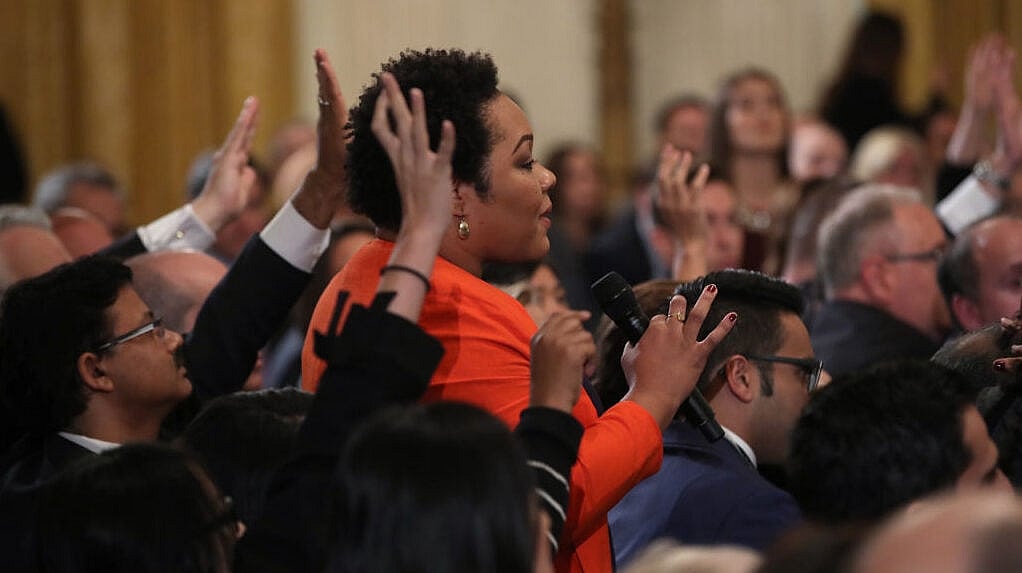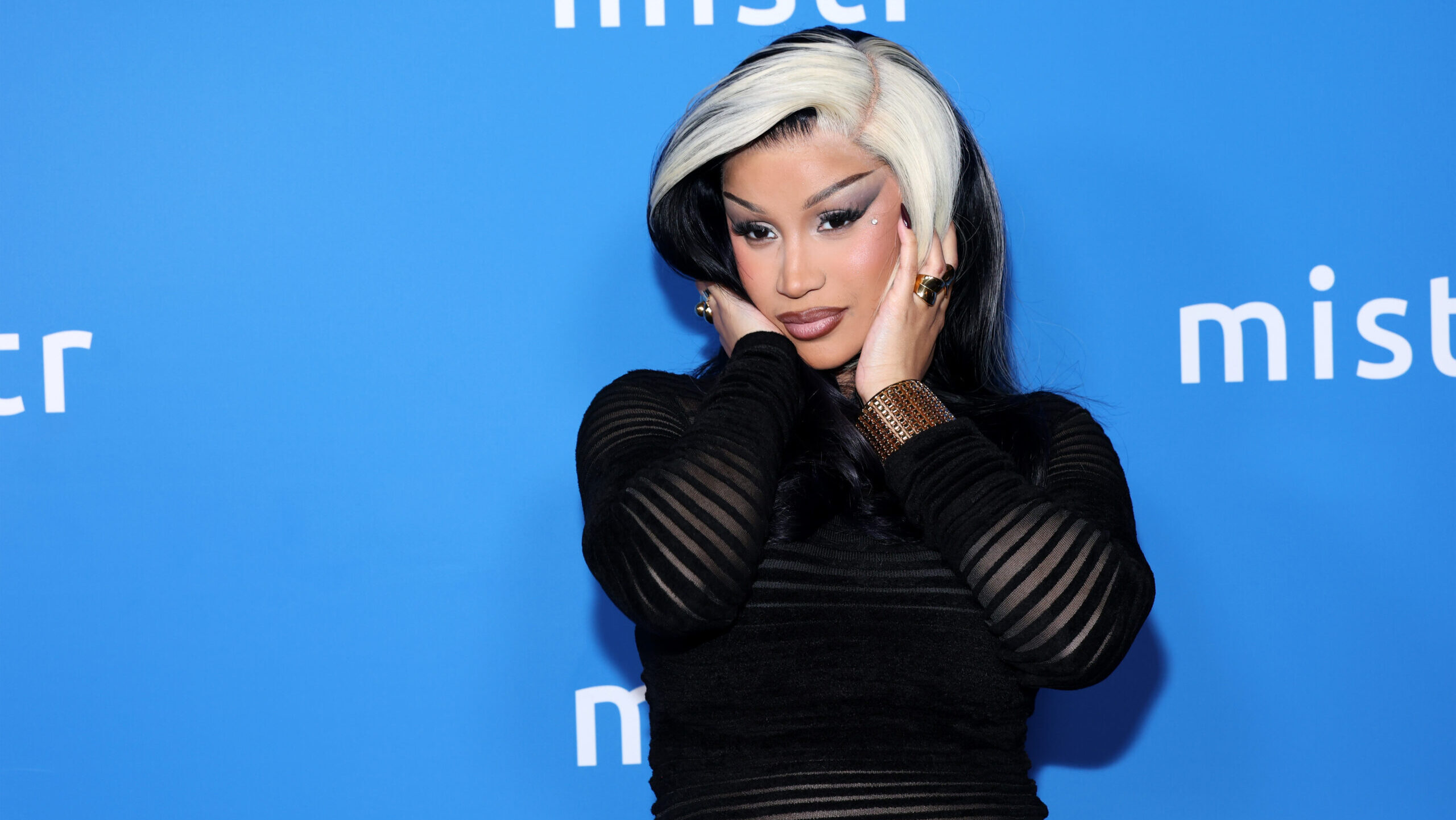Editor’s note: The following article is an op-ed, and the views expressed are the author’s own. Read more opinions on theGrio.
Harry was a cultural appropriator.
Formally trained by Irish clock dancers, Harry Swinton was the undisputed master of the buck and wing, a dance form that merged clogging with the historically Black cakewalk dance. Swinton knew that the Irish detested his disgraceful Black additions to the traditional dance of their homeland. But as the star of the hit stage musical “In Old Kentucky,” Swinton didn’t care. Every night after the show, Swinton would challenge the best Irish cloggers, Black cakewalkers and anyone in the audience to a dance battle. Anyone who beat him would win a gold medal and bragging rights against the best buck and winger in America. And every night, Swinton won …
Until he met Luther.
Luther was not a cultural appropriator.
Luther Robinson was not formally trained, but he had been cakewalking, clogging and buck dancing since he was 5 years old. He was raised by a formerly enslaved woman, so Luther knew that cakewalking originally made fun of the way white people danced. He knew “buck dancing” referred to the flat-footed “po buck jig dancing of unruly Irish immigrants,” whom the Carolina Gullah Geechee referred to as “buckra.” While Luther hated his given name, author Constance Valis Hill notes, “The one thing [Luther] had in abundance was nerve.” He didn’t care about medals or roles. When he accepted Harry’s challenge at the Bijou Theater in Brooklyn on March 30, 1900, Luther wanted something else.
Harry’s crown.
Luther entered the contest under his brother’s name — Billy — and immediately began “jangling” to Harry. Luther dismissed a gauntlet of New York’s greatest Irish dancers before he faced the buck-and-wing king in the finale. Harry took the stage and sprinkled a layer of sand on the floor, which added a shuffling sound to his bucking and winging. To the Irish cloggers, it was disgraceful. The audience thought it was revolutionary. Luther had seen it a million times. He started out dancing on dirt. When Luther began showing his flair and athleticism, the audience went wild. The judges would later say they had never witnessed such “speed and clarity.” The Irish dancers stared in awe, planning to steal this new technique. In one night, Luther had transformed a historically white dance genre into a memory. Scholars of contemporary dance concede that clock dancing begat clogging, which begat buck and wing, which birthed a number of American dance genres, from jazz to hip-hop. Historians would later note that Luther’s contribution to dance is “exact and specific … He brought it on its toes, dancing upright and swinging.” For the next 50 years, critics hailed Luther as the “King of American dance.” But those historians, scholars and critics were wrong. Luther was not an innovator or a contributor. He wasn’t even a king.
Recommended Stories
Luther was an assassin.
The moment the judges awarded Luther with the gold medal, Irish clogging was a relic of the past. Buck and wing had met its demise. Every dancer — Black or white — would have to reincarnate themselves into something new. Harry Swinton’s career was dead (The film adaptation of “In Old Kentucky” actually featured Luther in Swinton’s old role.) Perhaps the only thing that survived the explosive debut of this new “tap dance” was 22-year-old Luther’s stolen stage name:
Rachael “Raygun” Gunn is the Bill “Bojangles” Robinson of Olympic breakdancing.
Before she became the oldest dancer in the Olympics’ first-ever breaking competition, the 36-year-old b-girl was formally trained in white dances, including ballroom and ballet. With moves like the Caucasian kangaroo, the epileptic slide and — my favorite — the stupid shuffle, Raygun managed to befuddle Black Twitter and merge traditional breakdancing and the Outback Steakhouse version of b-boying. Her performance wasn’t disrespectful or offensive as much as it was cringe. Watching her caucastic convulsions earn zero points in the Olympics was like listening to an Iggy Azalea freestyle or watching a local weather reporter “bust a move.”
But Raygun is not a cultural appropriator.
While there is no universally accepted definition of the term, cultural appropriation generally relates to the misuse of art, terminology or cultural artifacts by someone who does not acknowledge the cultural origins. The Crocodile Dundee of dancing earned a Ph.D. in cultural science and lecturing on the cultural politics of breaking. Gunn is no different than the durag-wearing Lithuanian b-girl whose nickname sounds a little bit too much like the n-word for my taste (At least she chose “Nicka” and not Nickker”). Raygun was not terrible, she was just buckdancing and clogging in front of a Bojangler. She was doing a white thing.
“I was never going to beat these girls on what they do best, Gunn told The Independent. “I wanted to move differently, be artistic and creative because how many chances do you get in a lifetime to do that on an international stage? … Sometimes it speaks to the judges, and sometimes it doesn’t. I do my thing, and it represents art. That is what it is about.”
That is not what it is about.
As one of the five pillars of hip-hop, breakdancing is a historically Black dance genre. Just as tap has Irish and white American influences, hip-hop’s contributors include Hispanics, Africans and cultures from around the globe. But emceeing, b-boying, djing, graffiti and knowledge didn’t make hip-hop into a global phenomenon. Its worldwide popularity is due largely to its origins in Black American culture. While breakdancing became an Olympic sport because hip-hop is global, the popularity, history and cultural cache of Black American music, art, fashion, language and dance that preceded hip-hop laid the foundation of the genre’s worldwide appeal. Hip-hop is global because it is Black.
Olympic breaking, however, is not a Black art. It is a sports entertainment product that evolved from a historically Black genre. It was included in the Paris Games to “attract younger, social media viewers and a new level of excitement to the viewers,” according to International Olympic Committee president Thomas Bach. Of course, when they say “younger, social media viewers,” they are not talking about the hilarious memes on Black Twitter. He was talking about people who like plantation plays and Shirley Temple music. He was talking about the people who like Black art without the pain.
That’s what it’s about. And it is also why the IOC killed Olympic breakdancing. Just as the organizers of the Paris Games selected breakdancers to attract people who don’t watch competitive hula hooping or underwater ballet, the organizers of the Los Angeles games “opted for cricket, squash, lacrosse, baseball, softball and flag football to be included in the 2028 Games.” The Los Angeles Olympics doesn’t need breaking.
The one thing America has in abundance is the commodification of Black art.
To be clear, hip-hop is not dead. Like all Black art, the genre has evolved. But by disconnecting breaking from the culture and people that influenced it, it has been reduced to a cultural artifact. Just as Black people had already moved on to “race music” by the time Sam Perkins “discovered” rock and roll, pop-locking and windmills were eventually replaced by jookin’ and second-lining and jitting.
Raygun and her fellow breakdancers are as hip-hop as Vanilla Ice or Post Malone. They are classically trained dancers competing for medals as part of a show. They were simply mimicking something Black people used to do. They were pre-Bojangles buck dancers. They are masters of one small component of a culture that Blackness birthed. But their deficiencies have nothing to do with their ethnicity, nationality or cultural background. It has everything to do with ours.
I don’t lament the Olympics’ lack of Black back spinners any more than I disapprove of Elvis’ impersonation of Sister Rosetta Tharpe or the Mormon Tabernacle Choir singing a negro spiritual or Eric Clapton being listed as one of the “best blues guitarists of all time.” Olympic breaking represents a specific era of a specific thing that Black people once did; not the people or the culture that built it.
We are the culture.
But there is a valuable lesson buried beneath the story of Rachael Gunn. Imagine being formally trained in the fundamentals of an art form by the best and brightest white artists. Imagine becoming so good at the thing white people taught you that you eventually become an international star. Imagine writing a thesis, performing around the world, teaching others and being selected to compete against everyone else who learned the white thing from white people. Now imagine knowing that, at any moment, all the fundamentals, creativity and artistry to which you dedicated your entire life could be made obsolete and banished to the trash heap of antiquity by the nerve and awesome power of the Black imagination.
Olympic breaking might be dead, but the culture, influence and creativity that leaves the world awestruck will never die.
Because it is Black.
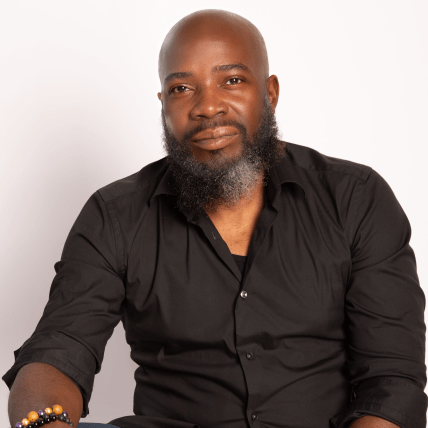
Michael Harriot is a writer, cultural critic and championship-level Spades player. His NY Times bestseller Black AF History: The Unwhitewashed Story of America is available in bookstores everywhere.


